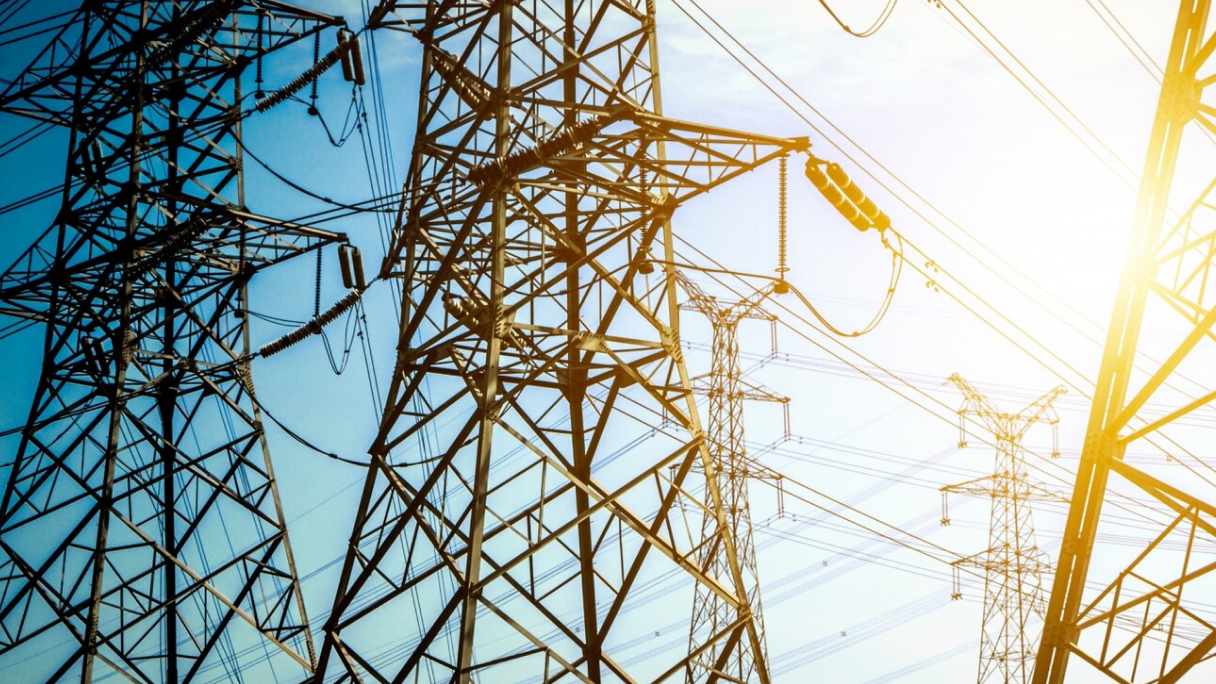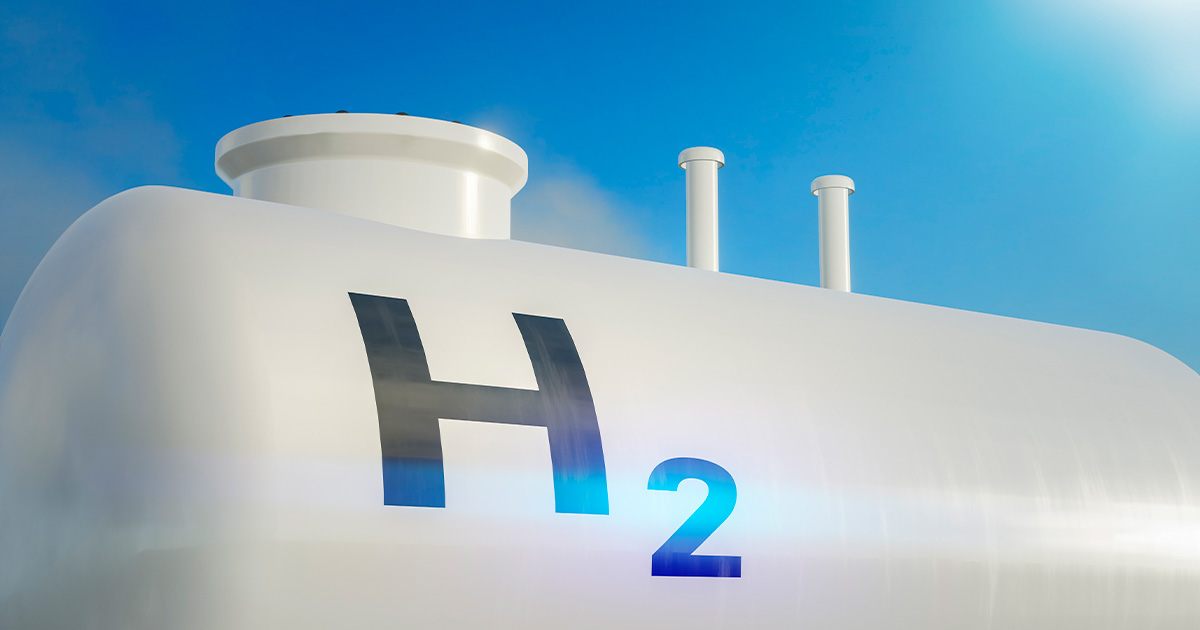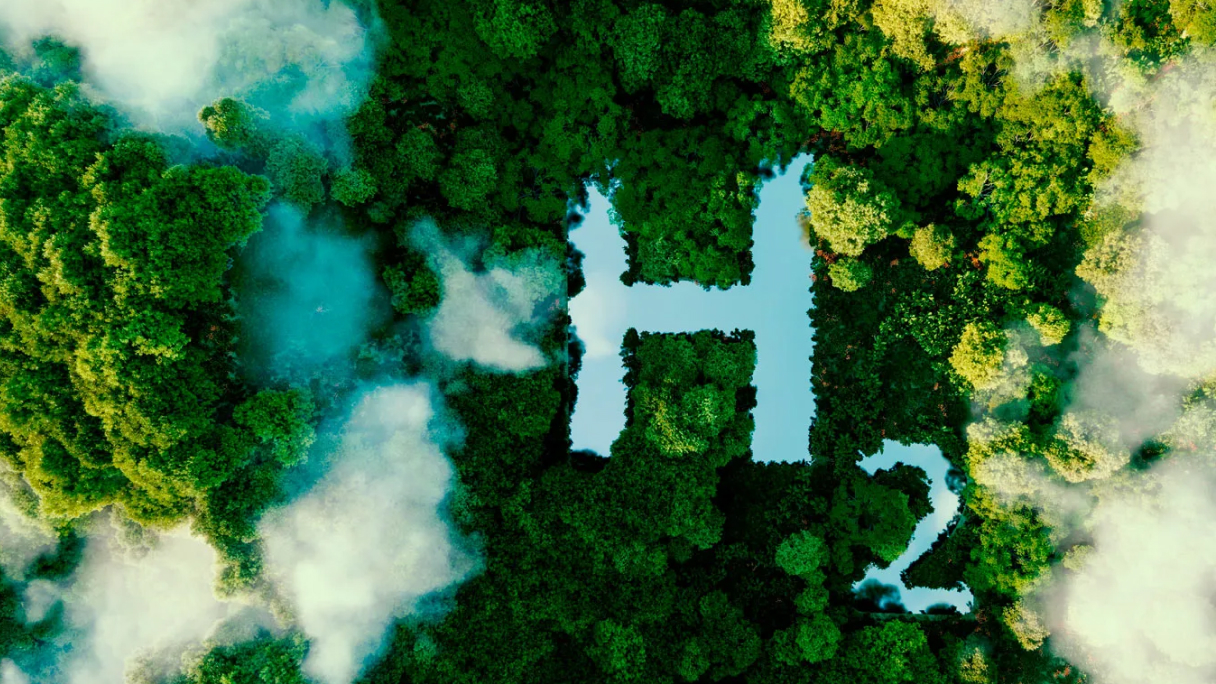
On January 6, 2022, Law 14.300 was enacted, establishing the Legal Framework for Distributed Micro and Mini Generation, the Electric Energy Compensation System, and the Social Renewable Energy Program.
To align with the basic concepts outlined in the law, note that distributed microgeneration refers to a power generation facility with an installed capacity of up to 75 kilowatts (kW). In contrast, distributed minigeneration refers to generation facilities with an installed capacity above 75 kW and up to 3 megawatts (MW) for non-dispatchable sources (such as wind and solar) or 5 MW for dispatchable sources (such as hydroelectric or natural gas plants).
Returning to the main topic of this article, paragraph 2 of Article 11 of Law 14.300/2022 expressly prohibits the division of a generating facility into smaller units to fit within the power limits for distributed micro or minigeneration. In practice, it is not permitted to subdivide or split up a plant with an installed capacity above 5 MW solely to fall under the application of Law 14.300/2022 and attempt to gain potential benefits. Nor is it allowed to reclassify it from mini to microgeneration to take advantage of the lesser requirements for project implementation.
For better understanding, imagine the following example: you plan to install a 6 MW plant, but to comply with the rules of Law No. 14.300/2022, instead of building your 6 MW project, which could be considered an independent power producer, you split it into two 3 MW projects. To do so, you use two adjoining plots and install two separate projects, intending to obtain the advantages and potential benefits of Law 14.300/2022. This practice is prohibited under Law 14.300/2022 and was already restricted under Aneel’s REN No. 482.
What if you wanted to do this subdivision on bodies of water, such as lakes or reservoirs? The original wording of Law 14.300/2022, in paragraph 3 of Article 11, provided an exception to the prohibition on dividing a generating facility into smaller units to meet the power limits for mini and microgeneration. When? When photovoltaic plants are floating, installed on the water surface of hydropower reservoirs, reservoirs, and lakes, whether natural or artificial.
This legal provision had been vetoed by the president but is now permitted again with the Congressional override of the veto. Thus, the subdivision is allowed for floating photovoltaic plant projects.
Additionally, by overriding the veto on the exception for plant subdivision on bodies of water, Congress also eliminated the presidential veto on the classification under the Special Infrastructure Development Incentive Regime (REIDI) for distributed minigeneration projects—thus enhancing the market attractiveness for the photovoltaic energy sector.
Now, therefore, distributed minigeneration projects can be classified under REIDI, enabling them to obtain a reduction or exemption of PIS and Cofins taxes on the acquisition and import of equipment and services aimed at implementing distributed generation.

